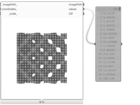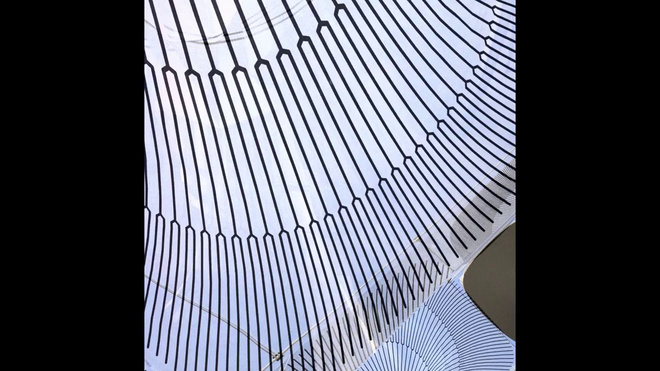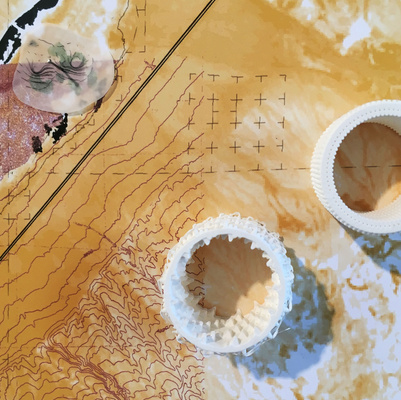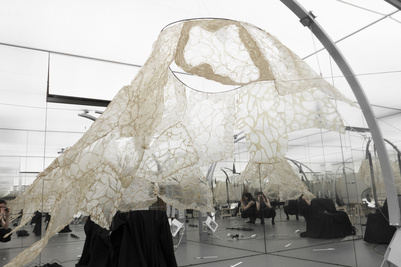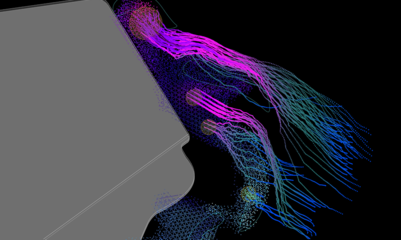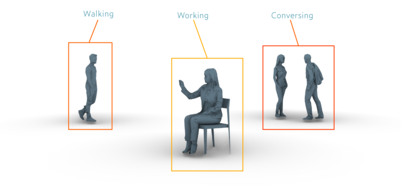Adaptive Daylight Management in Architectural Canopiesan Implementation of Machine Learning
To fulfill various demands and achieve the optimal performances in relation to environmental changes, kinetic architecture is often capable in altering its articulation correspondingly. This kind of adaptability comes from a closed feedback loop, which consists of data input, control systems, and physical components (Kamil Sharaidin, 2014). Among all three data nodes, control systems, in charge of physical computing, bridge the notions in between physical and digital realms. Although physical computing helps designers to evaluate the kinetic performance in the early design stages, as a control mechanism, its abilities of self-evaluation and auto-adjustment become intrinsic in post-occupancy stages. In recent years, Machine Learning (ML), which utilizes Artificial Neural Network (ANN) for exploring the hidden orders of mathematical propositions, has become an applicable methodology in spatial disciplines. Dedicated to real-time evaluation and adjustment, kinetic mechanisms can benefit from ML’s iterative learning cycles, which, in longer term, predicts improved results in the same context. Through integrating ML into the control systems of kinetic architecture, this project aims at a progressive interaction, which firstly enhances designers’ scopes by clarifying design propositions (conceptual stages); secondly, increases resilience of the constructed kinetic architecture. These notions lead to dynamic light manipulation, which is the most critical indicator of architectural expression and spatial experiences.
This project workflow has 3 major stages-- Materiality, Computation, and an Architectural Proposition, each of which has notable coherences to the others. In the duration of project development, the outcome of material survey informs computational methods by providing substantive evidences. At the same time, the computational stage, which serves as an optical proving ground, backs the material samples up with scientific discussions. In the first place, the architectural thinking frames up the holistic scope, which constantly corrects the research trajectory toward the ultimate goal-- an architectural proposition. These 3 stages compose a methodology for the project, which integrates design notions.
In the design aspect, a hypothetical program (a metro station) is proposed to be the experimental test bed, which allows light/shadow effects to cast on. Inspired by the vertical layering of tropical rainforests and the way how daylight travels through the dense canopies, this project envisages a metro station with dynamic sunlight control. As the metaphor bridges natural forest canopies to a station of public transit, the project also discovers the layering similarity in between these two subjects, which offers a spatial implication that an architect can easily fantasize about.











